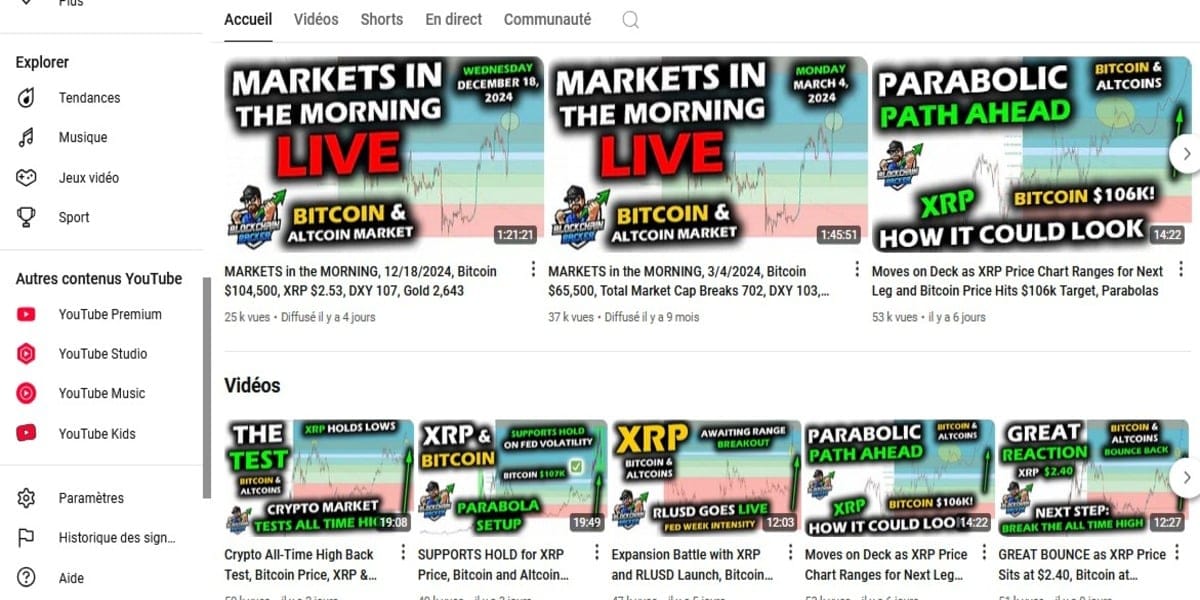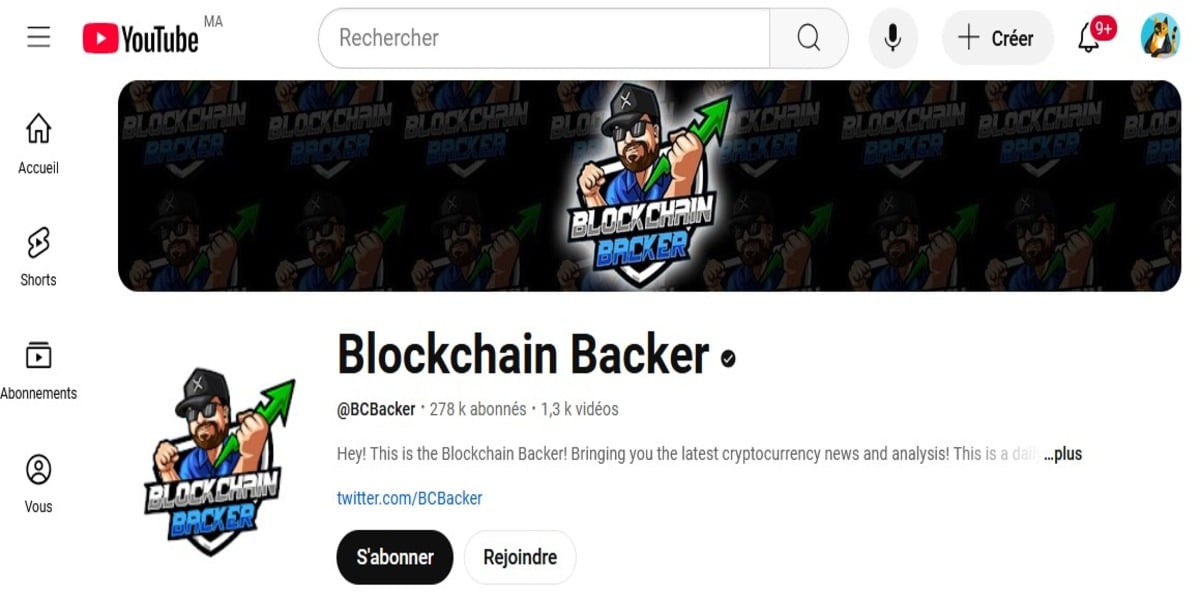Blockchain technology has developed into a revolutionary way of imposing transactions in a secure and decentralized manner. This article walks through the technical aspects of blockchain and its architecture, how it works, and how data blocks are locked in, making them permanent. Also, we introduce Blockchain Backer.
Understanding Blockchain
What is Blockchain?
In simple terms, a blockchain is a decentralized digital ledger used to record transactions across multiple computers that is designed to ensure that registered transactions cannot be changed retroactively. This ledger of records is saved in a block that is combined sequentially with other blocks to form a chain. This design allows every participant within the network to have the same information, and to independently verify transactions.
Characteristics of Blockchain
- Decentralization: Whereas a traditional database is managed by a central authority, blockchain or traditional databases, operates on a peer to peer network. As it is very decentralized, it also ensures better security so that single point of control can not leads to the data manipulation or failure.
- Immutability: When data is put into a block and attached to the blockchain, it is next to impossible to change. Cryptographic hashing grants this immutability, meaning that each block has a unique hash of its contents included in it as well as the hash of the previous block.
- Visibility: All transactions between two parties are visible to all the users in a blockchain; this helps foster trust between the users. Although transaction information is publicly available, the actual individuals participating in them are often pseudonymous.
- Consensus: Blockchain uses different consensus algorithms (like Proof of Work or Proof of Stake) to validate transactions before they get into the ledger. This ensures that all nodes agree on the state of the blockchain and makes your fraud-proof.
Structure of Blockchain
Components of a Block
Each block in a blockchain typically consists of the following:
- Data: This includes transaction details such as sender, receiver, amount, and timestamp.
- Hash: A unique alphanumeric code generated from the block’s data that serves as its digital fingerprint.
- Previous Block Hash: The preceding block’s hash links it to form a chain.
The Blockchain Process
- Transaction Initiation: A user initiates a transaction that needs to be recorded.
- Block Creation: The transaction data is compiled into a block.
- Broadcasting: The new block is broadcast to all nodes in the network.
- Validation: Nodes verify the transaction through consensus mechanisms.
- Adding to Blockchain: Once validated, the block is added to the existing blockchain.
- Distribution: The updated blockchain is distributed across all nodes.
How Does a Block of Data on a Blockchain Get Locked?
The lock block mechanism for the blockchain consists of several important steps to ensure the integrity and security of the data:
1. Cryptographic Hashing
This means that when a block is created, it’s hashed with cryptographic algorithms (like SHA-256). This process creates a unique value called hash based on the block’s content. The pertinent feature is that each block contains both its own hash and that of the previous block. This forms an interdependent chain, meaning that changing any one block would have to change the data in all the subsequent blocks, thus causing everyone in the network to recalculate the hash for all the altered blocks.
2. Consensus Mechanisms
Nodes validate a new block (one or more nodes reach consensus) before it can be added to the blockchain:
- Miners in Proof of Work validate transactions and create new blocks by solving complex mathematical problems. This requires considerable computing power and energy.
- Unlike in Proof of Work, Proof of Stake validators are selected according to their share in the network rather than their computing power.
- When consensus occurs (typically requiring agreement from more than 50% of nodes), the new block is valid.
3. Finalization
The new block, if validated by the other nodes, is added to the blockchain. At this point, it’s part of the permanent record:
- The information in this block is now sealed; if we tried to change it, its hash would change.
- As this hash has to be referenced by each block after it, changing one block requires changing all blocks after it, which is geometrically impossible since other nodes would need to agree with it.
4. Security Features
The combination of hashing and consensus mechanisms provides robust security against tampering:
- Any unauthorized attempt to change data will result in mismatched hashes across blocks.
- The network will reject any altered blocks since they do not match the existing ones.
Applications of Blockchain Technology
The blockchain technology that controls Bitcoin is not only useful for Bitcoins alone; it can be applied in multiple domains:
- Finance: Make secure and transparent transactions possible without a resident central organization.
- Supply Chain Management: Improve the trace and accountability of products being sourced and distributed.
- Healthcare: Encryption of patient records, ensuring manageable access to authorized healthcare providers.
- Voting systems: Secured platforms to maintain integrity and minimize electoral fraud.
Blockchain Backer: A Channel for Blockchain Education

Blockchain Backer is a prominent figure in the cryptocurrency community, primarily known for his YouTube channel, which provides daily updates and analysis on various cryptocurrencies, including Bitcoin, XRP, and altcoins.
The YouTube Channel
- Channel Year of Birth: Blockchain Backer when he began his YouTube channel appears on November 4, 2019.
- Content Type: Technical analysis, market trends, and educational content aimed at helping viewers navigate the volatile cryptocurrency market. The channel have a million of subscribes and millions of views across many videos.
- Engagement: He has built a supportive audience due to his knack for explaining complex topics in an accessible way, resulting in steady growth in subscribers and viewership.
Blockchain Backer Educational Initiatives
In addition to his YouTube presence, Blockchain Backer has developed educational courses focused on cryptocurrency market cycles and exit strategies.
- Pricing Strategy: The course is designed to be affordable compared to typical cryptocurrency education offerings.
- Course Offerings: His flagship course includes several hours of video content covering topics such as:
- Understanding market cycles.
- Developing exit plans for major cryptocurrencies like Bitcoin and Ethereum.
- Utilizing TradingView for chart analysis.
- Managing emotions during market volatility.
Online Presence of Blockchain Backer
Blockchain Backer also maintains a presence on other platforms:
- Substack Newsletter: He runs a newsletter providing insights into digital assets and broader market trends.
- Social Media: He is active on X (formerly Twitter), where he shares updates and engages with his audience.
Overall, Blockchain Backer has established himself as a trusted source of information and education in the cryptocurrency space, leveraging multiple platforms to reach and assist a growing community of investors.
Conclusion
Blockchain technology provides a paradigm shift in how we conduct and protect our data transactions. The decentralized approach of blockchain technology, coupled with cryptographic safety layers and consensus algorithms, offers an excellent solution for a lot of applications needing confidence and openness. To take this potential and venture into the various sectors acceptance of this technology, knowledge about locking of blocks in this structure will be of innate importance in order to take benefit of this technology.
To learn much more, read our blockchain for dummies guide. Also, contact us when you need a team of SEO experts to start ranking your website. You can also connect with us on Facebook, X (Twitter), or LinkedIn.
Sources:
- https://www.investopedia.com/terms/b/blockchain.asp
- https://beecrowd.com/blog-posts/blockchain-2/
- https://www.britannica.com/video/did-you-know-cryptocurrency-blockchain/-274583
All images from YouTube.com



SDK vs. API: The Key Difference Explained with Examples
Simple Tips to Protect Your WiFi Network From Hackers